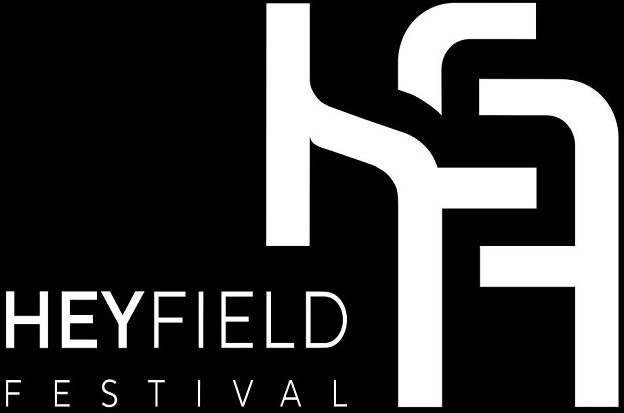Green Wiesen
Because of its location, the natural aspect was an integral part of the founding philosophy of the meadow festivals and contributes to today not insignificantly to the attractiveness and peculiarity of Wiesens. In order to reduce the environmental footprint, many steps have been taken early on to minimize the impact on the environment.
water
An important and relatively early implemented point of our eco-concept is the reduction of water consumption. When we built our visitor toilets in 1997, we created a 54,000-liter rainwater collection basin under the sanitary building. The collected rainwater is used for toilet flushing and lawn irrigation. In addition, we optimize the irrigation of our green areas with the help of controllers, timers and soil moisture measurements.
energy
In order to save energy and reduce CO2 emissions, a photovoltaic system with a capacity of 10kWpeak was installed on the green roof of the gastronomy hall in 2013. Since commissioning (as of 12.03.2019, 13:00 clock), 44,431 kWh were generated, the environment was thus saved over 26 tons of CO2. Although the high power consumption during the event days can not be covered, but the existing system supports the preparation and follow-up phases.
The second purchase, which makes use of solar energy, is our solar thermal system. For hot water preparation, four vacuum tube collectors with a capacity of 12 kW are in operation. All the hot water for the kitchen, washing machine, hand basin, showers and cup washer is heated.
light
The same system that helps us to manage our water consumption sparingly also controls our lighting, which consists of 90% energy-efficient light bulbs (LEDs and energy-saving lamps).
Green roofsOn a roof area of approx. 1,500 m2, native plants bloom and provide insects and microorganisms with a natural habitat. The planted roofs dampen noise, keep the buildings cool, avoid the use of air conditioning systems and save further CO2 emissions.
Waste separation and waste prevention
To reduce the amount of waste, reusable cups are used, which are cleaned and reused with a cup washer on site. The can and can deposit also helps to separate the waste and then hand it over to the recycling stations. Working with local farms, we use reusable containers that are returned to food producers. Also with the drinks we rely on reusable. We use barrels and containers as well as returnable bottles and concentrates, which are mixed on site. Soda is produced directly at the festival grounds. All this saves transport and packaging. When shopping for our disposable dishes, we make sure that they are either compostable or made from renewable and recycled materials.
Upcycling
Since the beginning of the 80s, we have housed some very special relics in the backstage area: four discarded railroad cars have been converted into artists’ dressing rooms. After years of using the various nostalgic ÖBB sidecars with their original furnishings, they were redecorated inside several years ago. Externally, they have lost none of their charm.
Measuring, Understanding, Improving
In order to save energy and resources, one must first analyze and understand exactly where energy is consumed. With the EE Music IG Tools (https://eemusic.ig-tools.com) we have a CO2 calculator at your fingertips, designed specifically for venues and open air events. It helps us to measure and understand our energy consumption and to compare our energy efficiency with the values of other festivals across Europe. This allows us to develop effective energy management strategies. In addition to energy consumption, factors such as water, waste and visitor arrivals are taken into account.
